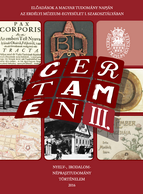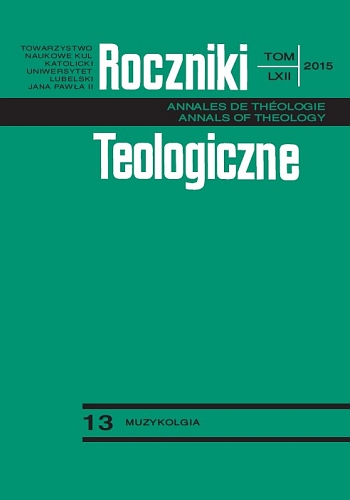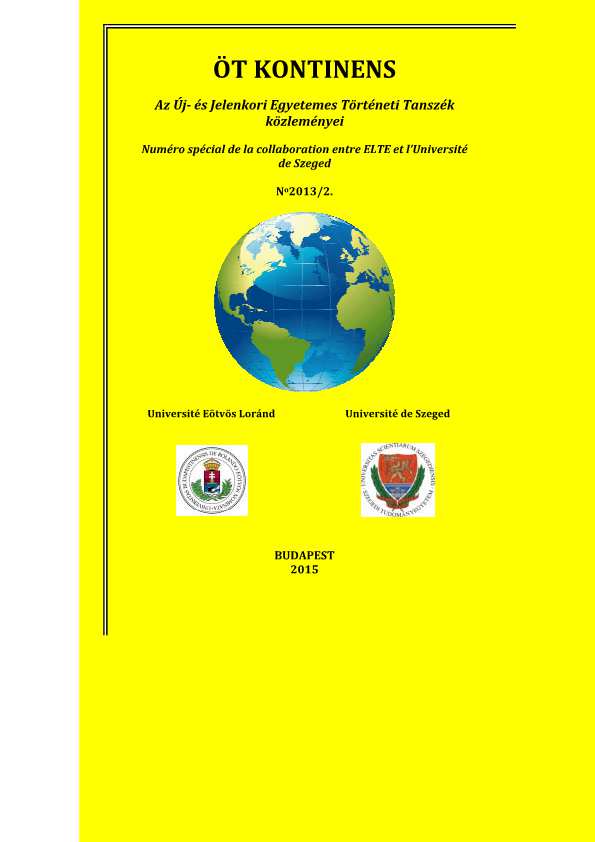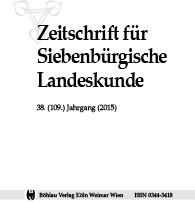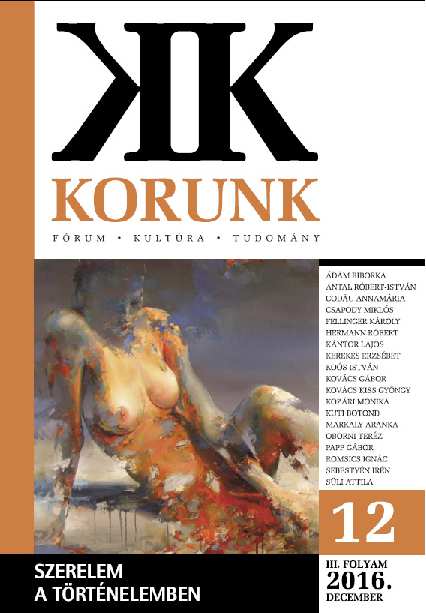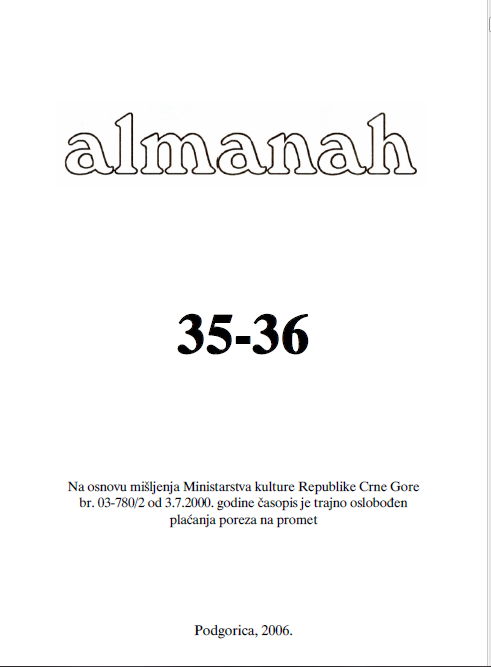Author(s): Mihnea Berindei / Language(s): French
Issue: 4/2012
In the second part of the study dedicated to Ion Vodă’s revolt and Moldo-Ottoman relations in the period 1538-1574, the author reconstructs in detail the movie of the anti-Ottoman insurrection started by the Moldavian voivode in the spring of 1574 and the way in which the Ottoman state organized the counterattack, concluded with the defeat of the rebels in the battle of Cahul-Roşcani, on 10-11 June the same year. The author exploits a number of 250 unpublished Ottoman documents in the Turkish archives, especially from the collection of the “Register of Important Affairs” – Mühimme Defterleri. The content is structured in two major parts: 1) Ioan Vodă’s dismissal and the beginnings of the revolt and its evolution, and 2) the Ottoman counterattack, the defeat of Cahul-Roşcani and the fights on the rivers of Siret and Bârlad.
In the whole paper, the author calls the attention on the way modern historians treat documents, especially eternal reports and accounts (Polish chroniclers), which are not in agreement with the description of the events, sometimes borrowed without much discernment. Taking the plot and whole passages from these chronicles, they use selectively the other documents, keeping those that corresponded with the pre-established schemes, forcing the interpretation of some of them or eliminating from the file those that did not fit. Thus, Ioan Vodă’s revolt ended up being exposed as a heroic epic, rather than as a historical analysis.
The Ottoman documents disconfirm a whole series of affirmations by the Polish chroniclers, that the modern historians took into consideration for the reconstruction of the revolt. For instance, it is more than obvious that the Port did not ask for the doubling of the harāǧ, presented as the main reason of the insurrection. On the contrary, Ioan Vodă is the very one who proposed a rise of the tribute by 10,000 gold coins, hoping to keep thus the throne. We do not know whether the voivode invented this argument in order mobilise the boyars or if this was a mere invention by the chroniclers. Furthermore, the troops of the two armies that battled at Cahul-Roşcani were much more reduced, especially in the Ottoman camp, and more balanced from the numerical point of view, as well as from the standpoint of military technique, than historiography has shown by now. Finally, the Ottoman documents deny the dramatic episode that the Polish chroniclers told in relation to the betrayal of the Hetman, of the boyars and of the cavalry. They show, on the contrary, that they fought and were defeated. At the same time, the documents offer a different scenario for the end of the rebel voivode, confirmed by the account of the Wallachian emissary. Ioan Vodă would have been caught at the end of the battle and beheaded by order of Dāvūd, sanǧaqbeḡ of Silistra – the supreme commander –, and not of Yūsuf-Sinān Čiġalazāde, qapuǧı bašı.
More...
